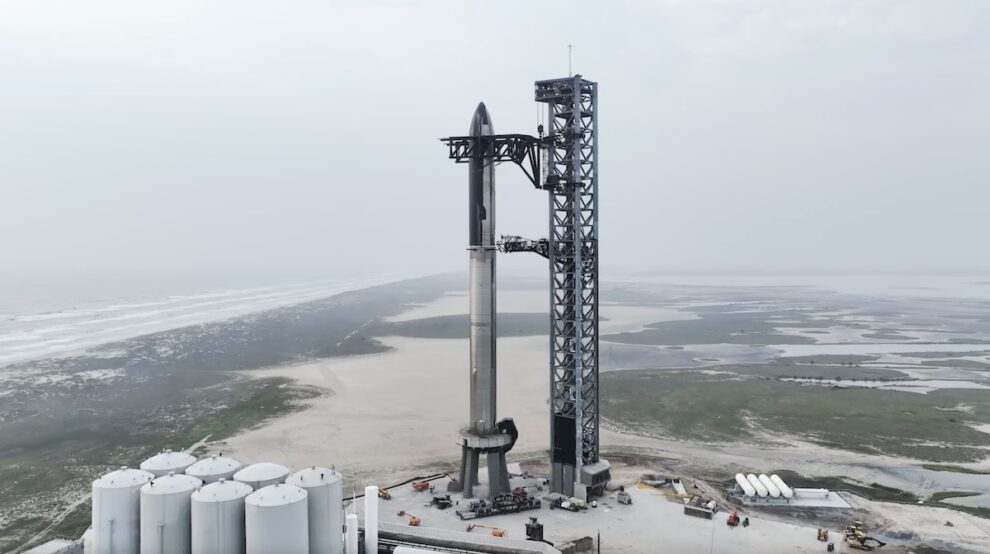SpaceX is gearing up for its fifth Starship test flight slated for late July 2024, marking another significant attempt in space technology. The upcoming launch aims to demonstrate a novel recovery technique involving the Super Heavy booster, which could redefine rocket reusability standards and lower space travel costs.
Target Date and Mission Overview
Elon Musk, CEO of SpaceX, has pinpointed late July as the tentative date for the next big leap in their space exploration endeavors. The highlight of this mission is the ambitious attempt to catch the Super Heavy booster using the mechanized arms on the launch tower—a maneuver that, if successful, could significantly enhance the reusability of rocket components.
Technological Innovations and Objectives
The test flight, known as Integrated Flight Test 5 (IFT-5), involves not just another launch but a pioneering approach to landing. Traditional recoveries of rocket boosters involve sea landings or retrievals by drone ships. However, SpaceX plans to secure the booster directly at the launch site, aiming to facilitate quicker turnaround times for subsequent missions. This method could revolutionize how rocket stages are recovered, making space travel more economical and sustainable.
Implications for Future Missions
A successful test of this recovery system could accelerate SpaceX’s timeline for more frequent launches, aiding Musk’s broader vision of Mars colonization and extended human presence in space. By reducing launch costs through reusable technologies, SpaceX continues to push the boundaries of what’s possible in aerospace technology.
The fifth test flight of the Starship represents not just another routine test but a critical step towards sustainable space exploration. With this mission, SpaceX not only hopes to advance its technological capabilities but also solidify its position as a leader in space innovation.








